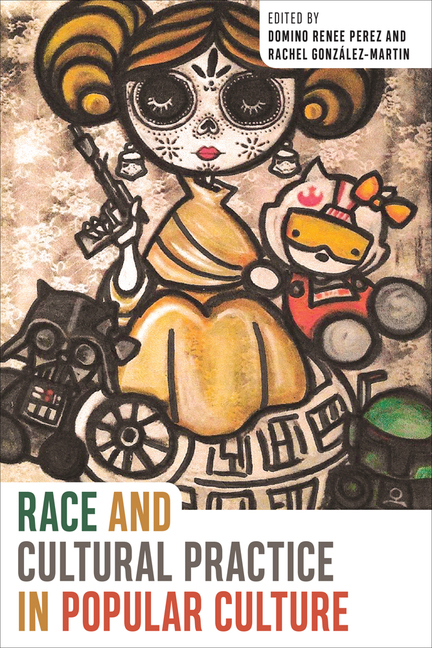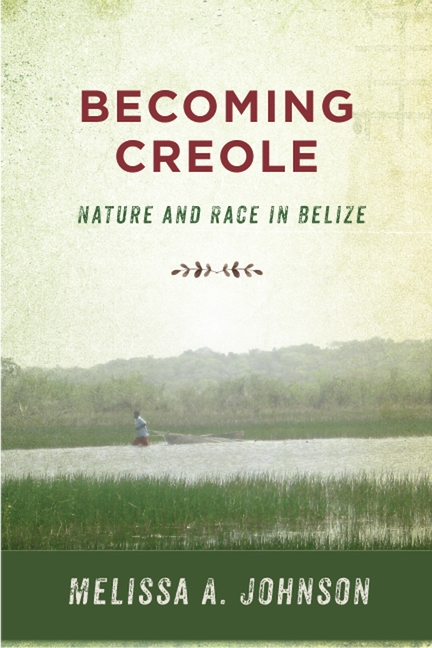Shades of Gray: Writing the New American MultiracialismPosted in Books, Identity Development/Psychology, Literary/Artistic Criticism, Media Archive, Monographs, United States on 2018-12-26 19:54Z by Steven |
Shades of Gray: Writing the New American Multiracialism
University of Nebraska Press
December 2018
348 pages, index
Hardcover: 978-0-8032-9681-7
Molly Littlewood McKibbin, Assistant Professor of Instruction
English and Creative Writing Department
Columbia College Chicago
In Shades of Gray Molly Littlewood McKibbin offers a social and literary history of multiracialism in the twentieth-century United States. She examines the African American and white racial binary in contemporary multiracial literature to reveal the tensions and struggles of multiracialism in American life through individual consciousness, social perceptions, societal expectations, and subjective struggles with multiracial identity.
McKibbin weaves a rich sociohistorical tapestry around the critically acclaimed works of Danzy Senna, Caucasia (1998); Rebecca Walker, Black White and Jewish: Autobiography of a Shifting Self (2001); Emily Raboteau, The Professor’s Daughter (2005); Rachel M. Harper, Brass Ankle Blues (2006); and Heidi Durrow, The Girl Who Fell from the Sky (2010). Taking into account the social history of racial classification and the literary history of depicting mixed race, she argues that these writers are producing new representations of multiracial identity.
Shades of Gray examines the current opportunity to define racial identity after the civil rights, black power, and multiracial movements of the late twentieth century changed the sociopolitical climate of the United States and helped revolutionize the racial consciousness of the nation. McKibbin makes the case that twenty-first-century literature is able to represent multiracial identities for the first time in ways that do not adhere to the dichotomous conceptions of race that have, until now, determined how racial identities could be expressed in the United States.






![Blood & Belonging by [Pairin, Sirinda]](https://images-na.ssl-images-amazon.com/images/I/41h650KSW6L.jpg)


